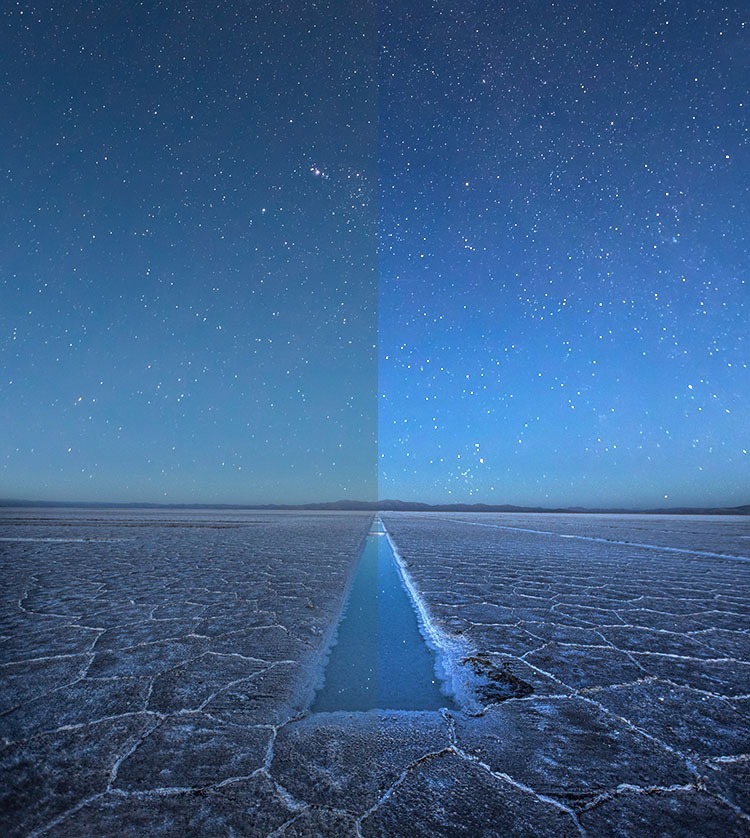The Key To Lively Images – Midtone Contrast – And How To Get It

Contrast catches the eye. When looking at images short of an exciting subject and a dynamic composition, nothing does more to grab and hold attention. More contrast, more energy. Contrast is life.
Contrast is not as simple as one slider – thankfully. There’s real control here and so near infinite creative possibilities. Equally beneficial for both black-and-white and color images, there are many ways to enhance contrast, and every tool produces different qualities of life. Master these tools, and you’ll craft visual statements that speak with more confidence and complexity.
Let’s move through our options as we would in a classic workflow, from coarse to fine control.


Wick Beavers
08.06.2023 at 13:14alright alright… I admit:
I’ve been doing this for a long time and haven’t given it a real good thought in ages.
This is very helpful, elucidatingly so, and I will pay more attention with renewed vigor and interest.
Thanks!
Now I have another question, aside from and outside this post of yours: Why do our iPhones take such crazy Yellow pics of the NY City smoke? Both Tess (whom you know from another workshop in Rockport, now my girl) and I were shocked at how yellow the Raw iPhone photos were. Is there a sensor problem? Have you seen some of the Newspapers around NYC? Canary yellow isn’t a residual fire color. Best, Wick
Pete Sieger
08.06.2023 at 14:51Great post! I would add as an architectural photographer, I like the use of “selective contrast” in a “figure/ground” approach, where the “figure” is the building or primary subject, and the “ground” is the background and/or foreground of lesser importance. The use of higher contrast/luminance on the “figure”, and lower contrast/luminance on the “ground” places visual emphasis on the primary subject – where it needs to be. This works especially well in black & white imaging. For this approach, my inspiration is photographer, Joel Tjintjelaar.
Kenneth Seidman
08.06.2023 at 18:41Midtone or local contrast: my preferred way to achieve excellent control, view and save multiple versions for comparison, choose from a large variety of presets, AND modify or make your own adjustments via 4 contrast sliders (and masks) is a photoshop plug-in called Topaz Clarity. I’ve been using this for years, for both color and B&W images. When you exit the Clarity plug-in you can go back to the new Photoshop layer and fine tune: e.g. luminosity or other masks, or turn up or down the layer opacity to adjust the strength of your local contrast layer.
I have no affiliation with Topaz Labs. The application is many years old but is available as a “Legacy” app.
spark-of-light-photography.com
Christopher Houghton
08.06.2023 at 20:29This was a very informative article, as they all are. I have a question however. Under the subtitle- Smooth Contrast, you write- Think of Lights as darker highlights and Shadows [?Darks] as lighter shadows moving further towards the middle of the tonal scale. I queried in my notes whether “Shadows” should be “Darks.”
Susan Tiffen
11.06.2023 at 21:13Very helpful, especially in discussing the order, progression of creating contrast without going overboard. I use the sliders, tools but will rethink the order.
Thank you,
Susan
Jack Coughlin
12.06.2023 at 13:50This article, and the companion articles, provide a easy to understand and follow pathway to improved image production during post-processing. Thank you, I have found the articles to be most valuable.
Phillip Kirkland
16.06.2023 at 22:11Very good. Thanks for the time spent and the information contained here. I’ll now go back and walk through the steps with detail and judge the outcome.